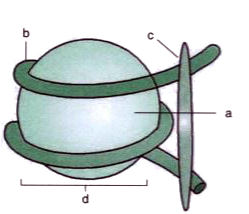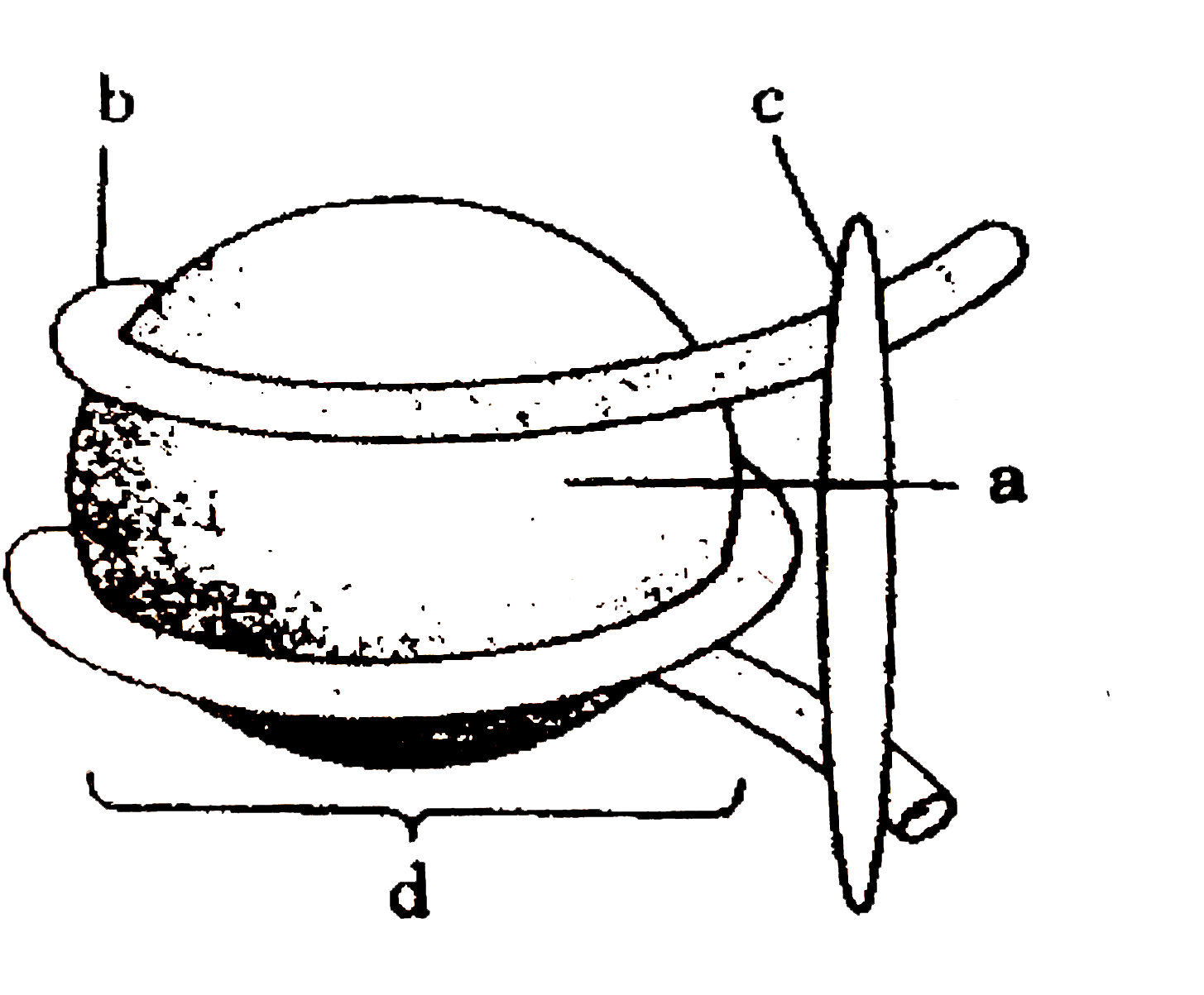A recombinant DNA molecule can be produced in the absence of the following :
Restriction endonuclease
DNA ligase
DNA fragments
E. coli
The correct Answer is:d
To determine which component is not necessary for the production of a recombinant DNA molecule, we can analyze the roles of each option provided.
1. Understanding Recombinant DNA Technology:
- Recombinant DNA technology involves combining DNA from different sources to create a new genetic combination. This is typically achieved through the use of specific enzymes and vectors.
2. Identifying the Components:
- The options given are:
- A) Restriction endonuclease
- B) DNA ligase
- C) DNA fragments
- D) E. coli
3. Role of Each Component:
- Restriction Endonuclease: These enzymes are crucial for cutting DNA at specific sequences. They create the necessary ends for DNA fragments to be joined together.
- DNA Ligase: This enzyme is essential for sealing the nicks in the sugar-phosphate backbone of the DNA, thus joining the DNA fragments together to form a recombinant DNA molecule.
- DNA Fragments: These are the pieces of DNA that are to be combined. Without these fragments, there would be nothing to recombine.
- E. coli: This bacterium is often used as a host for cloning and expressing recombinant DNA. However, it is not required for the actual process of creating the recombinant DNA molecule itself.
4. Conclusion:
- Based on the roles of these components, we can conclude that E. coli is not necessary for the production of a recombinant DNA molecule. It is primarily used for the expression of the recombinant DNA once it has been created.
Final Answer:
The correct answer is D) E. coli.
- Recombinant DNA technology involves combining DNA from different sources to create a new genetic combination. This is typically achieved through the use of specific enzymes and vectors.
- The options given are:
- A) Restriction endonuclease
- B) DNA ligase
- C) DNA fragments
- D) E. coli
- Restriction Endonuclease: These enzymes are crucial for cutting DNA at specific sequences. They create the necessary ends for DNA fragments to be joined together.
- DNA Ligase: This enzyme is essential for sealing the nicks in the sugar-phosphate backbone of the DNA, thus joining the DNA fragments together to form a recombinant DNA molecule.
- DNA Fragments: These are the pieces of DNA that are to be combined. Without these fragments, there would be nothing to recombine.
- E. coli: This bacterium is often used as a host for cloning and expressing recombinant DNA. However, it is not required for the actual process of creating the recombinant DNA molecule itself.
- Based on the roles of these components, we can conclude that E. coli is not necessary for the production of a recombinant DNA molecule. It is primarily used for the expression of the recombinant DNA once it has been created.
The correct answer is D) E. coli.
Topper's Solved these Questions
- NCERT Exemplar Questions +2 (BIODIVERSITY AND CONSERVATION)BOOK - TRUEMEN BIOLOGY ENGLISHCHAPTER - NCERT Exemplar Questions +2 (BIODIVERSITY AND CONSERVATION)EXERCISE - MCQs
19 Videos
- NCERT Exemplar Questions +2 (BIOTECHNOLOGY AND ITS APPLICATIONS) BOOK - TRUEMEN BIOLOGY ENGLISHCHAPTER - NCERT Exemplar Questions +2 (BIOTECHNOLOGY AND ITS APPLICATIONS) EXERCISE - MCQs
15 Videos
Similar Questions
Assertion: The recombinant DNA molecule cannot be created, unless one cuts the vector & source DNA with same restriction enzyme
Reason :When cuts by same enzyme both will have same sticky ends, that can be joined by DNA ligase
View SolutionA recombinant DNA molecule was created by ligating a gene to a plasmid vector. By mistake. An exonuclease was added to the tube containing the recombinant DNA. How does this affect the next step in the experiment, i.e., bacterial trasformation?
View SolutionA recombinant DNA molecule was created by ligating a gene to a plasmid vector. By mistake, an exonuclease was added to the tube containing the recombinant DNA. How does this affect the next step in the experiment, i.e., bacterial transformation?
View SolutionFirst artificial recombinant DNA molecule was created by:
View SolutionIn an experiment of recombinant DNA technology, in a bacterial culture some of the colonies produced blue colour in presence of a chromogenic substrate. Why?
View SolutionRecombinant DNA technology is also called
View SolutionWhich one of the following can respire in the absence of oxygen ?
View SolutionUnless the vector and source DNA are cut, fragments separated and joined, the desired recombinant vector molecule cannot be created.
(a) How are the desirable DNA sequences cut ?
(b) Explain the technique used to separate the cut fragments.
(c) How are the resultant fragments joined to the vector DNA molecule ?
View Solution
In the eukaryotes the DNA molecules are organised within the nucleus. How is the DNA molecule organised in a bacterial cell in absence of a nucleus?
View Solution(a) What is this diagram representing?
(b) Name the parts a, b and c.
(c) In the eukaryotes the DNA molecules are organized within the nucleus. How is the DNA molecule organized in a bacterial cell in absence of a nucleus?

View Solution
